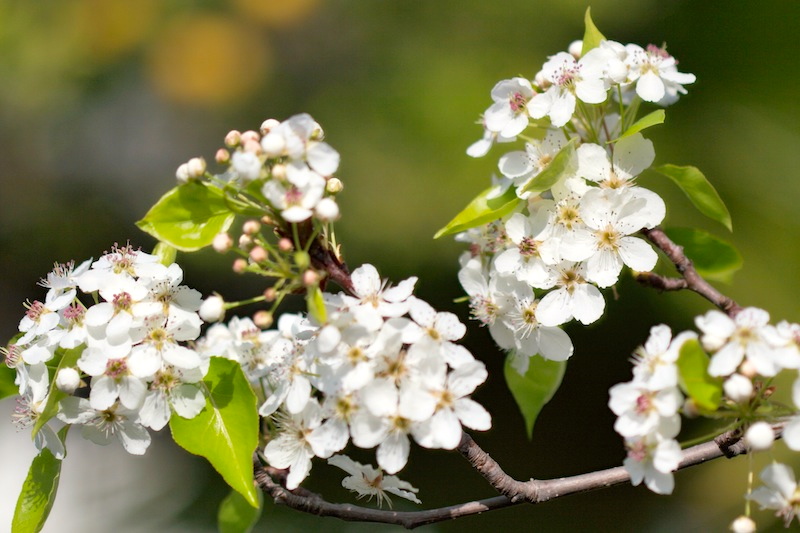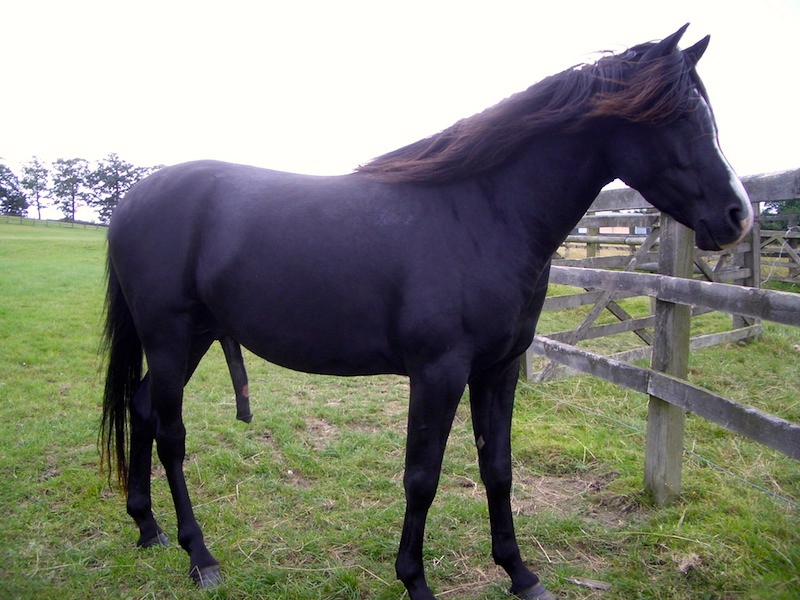After I posted my first piece on the (human) body and its parts, with four diagrams illustrating vocabulary for the external parts, Ellen Seebacher complained on Google+:
Okay, can I register my irritation at illustrations of exterior body parts which substitute “vagina” for “vulva”?
Turns out that there are several things going on here: the difference between ordinary and technical (in this case, anatomical) vocabulary; narrow vs. broad interpretation of terms; variation in ordinary language; change in ordinary language; and the problems of ostensive definition.
Ordinary and technical language. Historically, both vulva and vagina are technical terms, from the vocabulary of descriptive anatomy. The first refers to the external parts, the second to the internal tube:
The vulva … consists of the external genital organs of the female mammal…
The vulva has many major and minor anatomical structures, including the labia majora, mons pubis, labia minora, clitoris, bulb of vestibule, vulval vestibule, greater and lesser vestibular glands, and the opening of the vagina. (link to Wikipedia)
The vagina (from Latin vāgīna, literally “sheath” or “scabbard”) is a fibromuscular tubular tract leading from the uterus to the exterior of the body in female placental mammals and marsupials, or to the cloaca in female birds, monotremes, and some reptiles…
The word vagina is often used colloquially to refer to the vulva or to the female genitals in general; technically, the vagina is the specific internal structure. (link to Wikipedia)
The interface between the two is the vaginal opening, also externally visible. Three things — the opening, what surrounds it, and the internal structures it leads to — are at play here. Anatomical language distinguishes them.
(There are parallels: the mouth, the nose, the ear, the urethral opening in men, everybody’s anus — all involving an opening, surrounding external parts, and an interior conduit to other structures. I’ll come back to this point in a while.)
The comon ordinary-language terminology — cunt and pussy — doesn’t make these distinctions, but uses terms that cover the whole package, so to speak. So in:
(1) She flashed/exposed her X.
(2) She put a dildo in her X.
vulva works for (1) but not (2); for many people (but see below), vagina works for (2) but not (1); and cunt/pussy works for both. In everyday usage, the whole package (as opposed to the truly internal parts, in particular the uterus) is what’s salient; that’s what our everyday dealings with these parts of the body are concerned with. We can fall back on technical vocabulary if we need to make the anatomists’ distinctions, but ordinarily we have no reason to.
But there’s a problem with the ordinary-language terms: they’re very marked stylistically — in fact, marked not only as colloquial, but as obscene, taboo. Colloquial terms for parts of the body aren’t necessarily obscene (compare anatomical-technical umbilicus, neutral ordinary-language navel, colloquial but innocent belly-button), but in the sexual realm colloquial terms easily become tainted, as at least “naughty”, if not “dirty”. This is the case for the colloquial terms for the penis, principally dick and cock. What we’re left with in the sexual realm is euphemisms and evasions, like hoo-ha and willy and thing.
Still, people (trying to negotiate the shoals of social interactions) hope for some neutral everyday term, and anatomical terminology is a good place to look. That gives us the “ordinarization” of the originally medical term penis — moved into ordnary language as a neutral term, or at least as neutral a term as we can get for the referent, which is culturally perilous — and now vagina as well. Penis moves into the cock/dick slot, and vagina into the cunt/pussy slot. (I’ve remarked on the traffic between technical and ordinary language on several occasions, for instance here.) One result of this is that for many people vagina now has both a narrower (strictly internal) sense and a broader (whole-package) sense (though there’s variation in usage on this point).
It’s actually comon for body-part terminology to exhibit an ambiguity of this sort. Other cases (of several different sorts): mouth, nose, eye, perineum, and tits. Plus three cases involving an ambiguity between internal and external parts: stomach, throat, and the scrotum/testicle zone.
(1) Mouth. AHD5 distinguishes two senses of mouth, the opening and the whole package:
The body opening through which an animal takes in food.
The cavity lying at the upper end of the digestive tract, bounded on the outside by the lips and inside by the oropharynx and containing in humans and certain other vertebrates the tongue, gums, and teeth.
(2) Nose: the external part or the cavity or the whole package, including the openings. Similarly, nostril for an opening or for a cavity in it.
(3) Eye. OED2 on eye distinguishes:
The organ of sight.
… taken as including the eyelids, or the surrounding parts; the region of the eyes.
(4) Perineum. Wikipedia (here) distinguishes a broader and narrowed sense:
In human anatomy, the perineum (Late Latin, from Greek περίνεος – perineos) is a region of the body including the perineal body and surrounding structures. There is some variability in how the boundaries are defined, but the term generally includes the genitals and anus.
… A wide variety of slang terms are commonly used for this area of the human body, most commonly “chode,” “gooch,” or “taint,” or even “the spot where God sewed us up” but they generally refer to a smaller, less inclusive area — just the surface skin region between the anus and the scrotum or vaginal opening.
(5) Tits. Just the nipples (as in pinching someone’s — a woman’s or man’s — tits) or the entire breast (She has big tits).
(6) Stomach. The internal organ (as in sick to one’s stomach) or the abdomen, the “part of the body between the pelvis and the thorax” (link) (as in a flat stomach). Belly is similarly ambiguous.
(7) Throat. The internal cavity (as when you have a bone caught in your throat) or the front part of the neck, the external area between the head and the shoulders (as when someone strokes your throat).
(8) The scrotum/testicle zone. In anatomical usage, the scrotum (or scrotal sac) is the external part, the testicles the internal parts, and there’s no term for the whole package. In ordinary-language usage, we have coarse balls/nuts, which take in the whole package (as in kick him in the balls, my balls hurt, a rash on my balls, my balls shrink up in cold water). To get a more neutral ordinary-language term, some people have ordinarized scrotum or testicles or both to cover this range. But usage varies.
Throughout these examples, I’ve noted variation in ordinary language and change in ordinary language. Now for some words on ostensive definition, communicating the meaning of a word or other expression by pointing — literally, as with the fingers, or more indirectly, as with arrows pointing to things on drawings or diagrams, or even more subtly, by merely using the expression in the presence of some object.
Ostensive definition seems direct and helpful, but it’s fraught with complications, exposed most trenchantly in Quine’s famous gavagai discussion. From the Wikipedia entry on the indeterminacy of translation:
The indeterminacy of translation is a thesis propounded by 20th century analytic philosopher W. V. Quine. The classic statement of this thesis can be found in his 1960 book Word and Object, which gathered together and refined much of Quine’s previous work on subjects other than formal logic and set theory. The indeterminacy of translation is also discussed at length in his Ontological Relativity (1968).
… Consider Quine’s example of the word “gavagai” uttered by a native upon seeing a rabbit. The linguist could do what seems natural and translate this as “Lo, a rabbit.” But other translations would be compatible with all the evidence he has: “Lo, food”; “Let’s go hunting”; “There will be a storm tonight” (these natives may be superstitious); “Lo, a momentary rabbit-stage”; “Lo, an undetached rabbit-part.” Some of these might become less likely – that is, become more unwieldy hypotheses – in the light of subsequent observation. Others can only be ruled out by querying the natives: An affirmative answer to “Is this the same gavagai as that earlier one?” will rule out “momentary rabbit stage,” and so forth. But these questions can only be asked once the linguist has mastered much of the natives’ grammar and abstract vocabulary; that in turn can only be done on the basis of hypotheses derived from simpler, observation-connected bits of language; and those sentences, on their own, admit of multiple interpretations, as we have seen.
In actual practice, people use a number of heuristics to divine the intention of an ostensive definition, including looking for a meaning that would be very informative in the context — neither too specific (‘German shepherd’) nor too broad (‘domestic animal’) — and steering away from meanings that are paired with already known expressions. There’s a huge and fascinating literature on the acquisition of word meaning by children (sometimes conveyed by ostension), exposing these heuristics. (Note that since they’re heuristics, they’re fallible. The meaning acquired can be different, in small details or more massively, from the meaning intended.)
Here I’m interested in the special case of pointing arrows in diagrams — in particular, diagrams of the human body. What does it mean whe an arrow points to the area of the mouth? Does the word at the other end of the arrow denote the opening, the external features (the ips), the cavity, or the whole package? The arrow doesn’t tell you.
And, to get back to Ellen Seebacher’s comment, what does it mean when an arrow points to the area of the female genitals? The opening, the external features (the vulva), the cavity (the vagina, understood narrowly), or the whole package? Or even the crotch?
Compare an arrow pointing towards the penis. What does the word at the other end of the arrow denote? The whole penis, from root to head? The shaft of the penis (or whichever other portion of the penis the tip of the arrow happens to alight upon)? If the arrow alights close to the tip of the penis: the whole penis, the head, the urethral opening, or the urethra? Or the whole male genital package, cock and balls taken together? In this case, there’s a basic level of categorization, in which PENIS is the most salient body-part category, with PENIS-SHAFT as a (mereological) subordinate category and MALE-GENITALS as a (mereological) superordinate category (on mereology, see here, or the more technical presentation here). So, without further information, we’d take PENIS to be the intended referent, not something greater or lesser.
But you won’t get that just from looking at the diagram.
![]()
![]()





















































